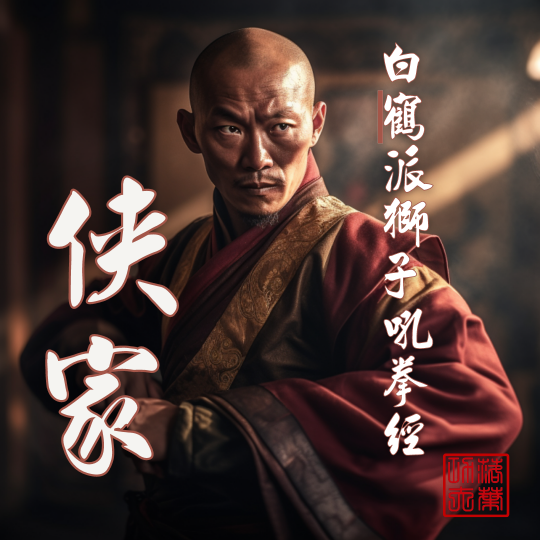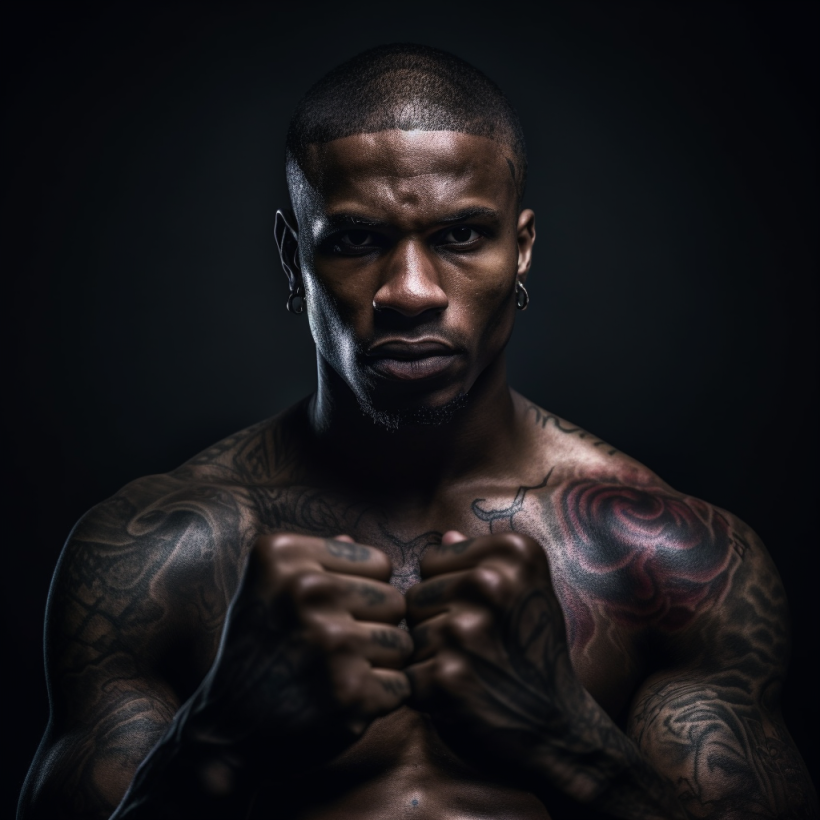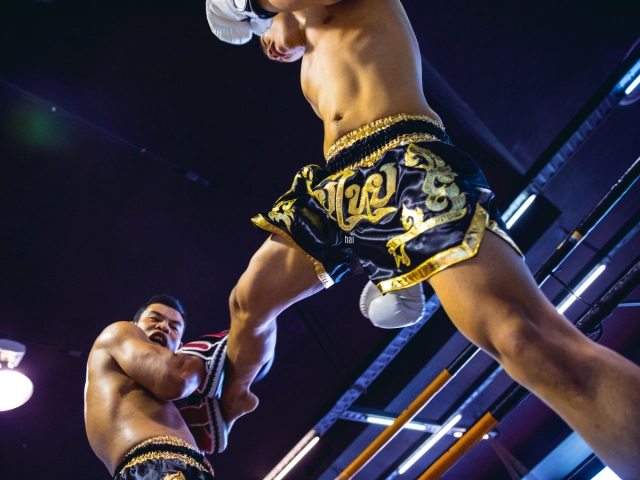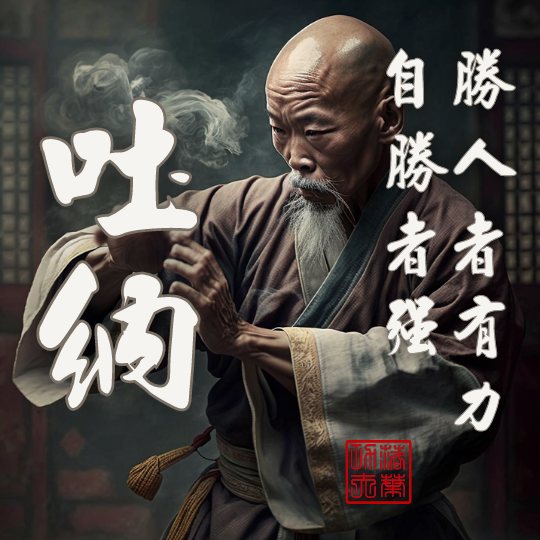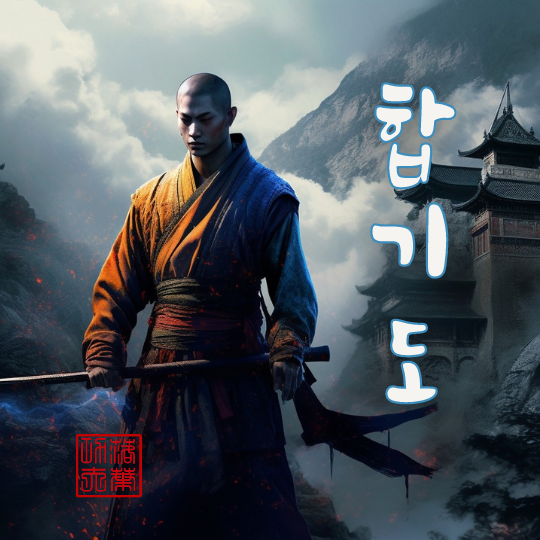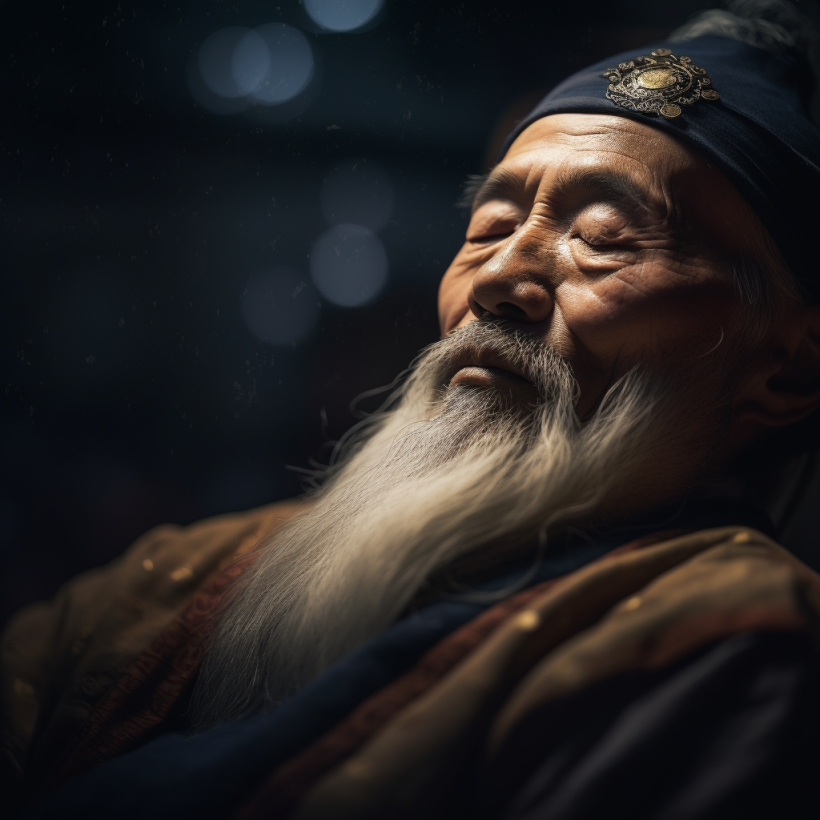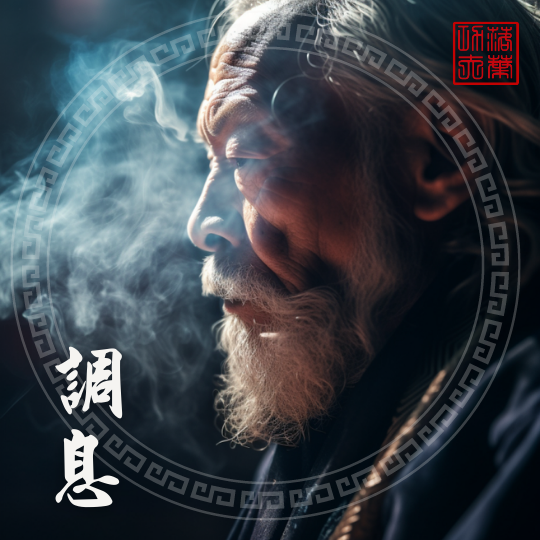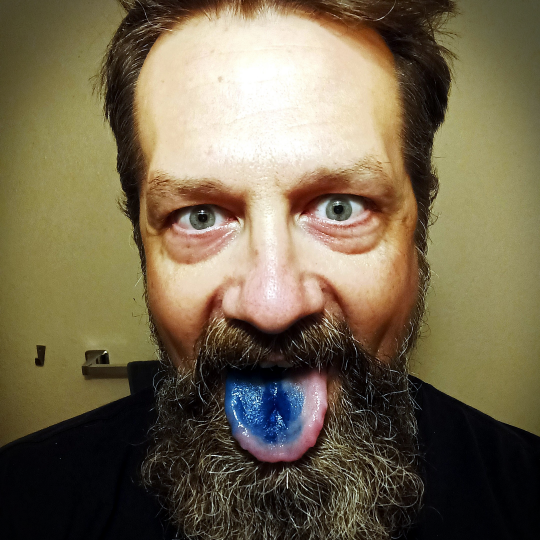
Introduction
As martial artists, we train hard to perfect our kicks, punches, and grappling techniques which takes a lot of energy and puts a lot of stress on our bodies. So, if you’re like me, you’re always looking for ways to boost your mental and physical performance.
There’s a powerful and fascinating supplement that might give you that extra edge you’ve been looking for. Enter the world of methylene blue! The best part is it’s cheap, available over the counter, and has tons of research stretching back over 100 years.
Like most long-time martial arts practitioners, I am not normally a proponent of synthetic chemicals, preferring instead to rely on substances from the earth. However, methylene blue has earned a spot on my short list of exceptions.
This synthetic compound offers martial artists and athletes a unique blend of benefits. With its proven track record of safety and effectiveness, backed by over a century of research, methylene blue stands out from the crowd.
Its ability to improve mental clarity, enhance recovery, and provide antimicrobial and antioxidative properties makes it an invaluable addition to any training regimen. While it may not be a natural substance, methylene blue has demonstrated its potential to support the overall well-being.
Table of Contents
- Introduction
- What Is Methylene Blue?
- Where Does Methylene Blue Come From?
- What Is Methylene Blue Used For?
- How Methylene Blue Works
- Methylene Blue Benefits
- Is Methylene Blue Toxic?
- My Experience With Methylene Blue
- Where To Buy Methylene Blue?
- Chris Masterjohn’s Guide To Methylene Blue
- Conclusion
- Disclaimers & Conflicts of Interest
- References

The world of nutritional supplements is full of over-hyped claims and disappointments. However, methylene blue stands out from the crowd due to its well-documented benefits backed by scientific research and its unique mechanism of action.
What sets methylene blue apart is its ability to assist the mitochondria – the energy-producing centers of our cells. It improves mental clarity, motivation, and overall well-being. Its antioxidant properties also help protect our cells from damage caused by oxidative stress, which can result from intense training. Plus, methylene blue has antimicrobial properties.
What Is Methylene Blue?
In simple terms, it’s a synthetic compound originally developed as a dye in the 19th century. But don’t let its humble beginnings fool you! Over the years, scientists have discovered that methylene blue has some seriously impressive benefits for both the body and the brain, making it a potential game-changer for martial artists like you.
Where Does Methylene Blue Come From?
The discovery of methylene blue dates back to the 19th century. It was first synthesized in 1876 by German chemist Heinrich Caro, who worked for the chemical company BASF (Badische Anilin & Soda-Fabrik). Caro synthesized methylene blue by combining dimethylaniline with hydrogen chloride, creating a dark blue dye that would significantly impact various fields.
Initially, methylene blue was used primarily in the textile industry as a dye for fabrics. However, it didn’t take long for its staining properties to catch the attention of researchers in biology, who began using it as a staining agent for the microscopic examination of cells and tissues. Its ability to selectively stain certain cellular structures made it a valuable tool for studying cell morphology and function.
In the late 19th century, Paul Ehrlich, a renowned German physician, and scientist, discovered methylene blue’s medical applications. Ehrlich observed that methylene blue stained the malaria parasite, making it easier to identify under the microscope. This led to the first use of methylene blue as an antimalarial treatment in 1891, marking its entrance into medicine.
Since then, the applications of methylene blue have expanded to include various medical and therapeutic uses. Researchers have continued to study its properties, leading to discoveries related to its antioxidant effects, ability to increase cellular energy production, and potential in treating neurodegenerative disorders, among other applications. Today, methylene blue is recognized as a versatile compound with fascinating potential in medicine and everyday life.
What Is Methylene Blue Used For?
Methylene blue has a rich history of diverse applications beyond health and medicine. Here are some of its past and current most common uses not related to health:
- Textile dye: Methylene blue was first synthesized as a dye in 1876 and has been used extensively in the textile industry ever since. Its vibrant blue color makes it an ideal fabric dye, and its chemical stability ensures long-lasting colorfastness.
- Biological staining: Methylene blue’s staining properties have made it a popular choice in biology. It is widely used as a staining agent for microscopy, allowing researchers to visualize cellular structures better and study their morphology and function.
- Aquaculture: Methylene blue is commonly used to treat fungal infections and external parasites in the fish and aquarium industry. It can also serve as a preventive treatment for fish eggs, helping to ward off fungal growth during their development.
How Methylene Blue Works
The potential health benefits of methylene blue arise from its involvement with the production of energy in our cells via the electron transport chain.
1. The electron transport chain can be considered a tiny power plant inside our cells, specifically within the mitochondria. The main job of this power plant is to generate energy in the form of a molecule called ATP. To do this, our cells use nutrients from our food and convert them into fuel through a series of chemical reactions.
Picture the electron transport chain as a series of steps, each representing a specific protein or molecule. Electrons are passed from one step to another during these chemical reactions, like a relay race. As the electrons move along these steps, they help pump positively charged particles called protons across a membrane within the mitochondria. This creates a kind of “proton battery,” which is used to generate ATP, the energy currency our cells need to perform their functions.
2. Methylene blue comes into play by acting as a “helper” in this electron relay race. Sometimes, the electron transport chain may not work as efficiently as it should due to factors like aging or stress. This can lead to less energy and a buildup of harmful molecules called reactive oxygen species, or ROS, which can damage our cells.
Methylene blue helps by stepping in as an artificial electron carrier, making it easier for electrons to move along the steps of the electron transport chain. This improves the efficiency of the whole process, leading to better energy production and fewer harmful byproducts. As a result, methylene blue may contribute to increased energy levels, improved cognitive function, and overall well-being, making it a fascinating supplement with potential benefits for our minds and bodies.
Methylene Blue Benefits
Improving mitochondrial efficiency and energy production supports cognitive functions such as focus, memory, and mental clarity, helping maintain a sharp mind. Simultaneously, methylene blue’s antioxidant properties protect the body from oxidative stress, bolstering overall physical health. Consequently, this dynamic supplement offers a unique combination of benefits that can enhance one’s mental and physical well-being, making it a promising option for those seeking a comprehensive boost to their daily performance.
Brain Benefits
Exciting new research shows that methylene blue may protect the brain, especially against conditions like stroke and Parkinson’s disease.[1]
One of the many ways methylene blue helps out is by decreasing the production of harmful oxygen molecules, protecting our brain cells from damage. This is super important in conditions like Alzheimer’s disease, Parkinson’s disease, and stroke.
Lower doses of methylene blue (1-10mg) have been found to enhance mental clarity, motivation, and overall well-being. This is primarily due to how methylene blue interacts with our body’s mitochondria – the energy-producing powerhouses of our cells.
By improving mitochondrial function and boosting cellular energy production, methylene blue helps our brain cells work more efficiently. This translates into better cognitive performance, including improved focus, memory, and mental alertness. Additionally, it can lead to increased motivation and well-being, making it easier to tackle everyday tasks and challenges.
More Energy
As we age, it’s normal to experience changes in our bodies that can impact our energy levels and make it more challenging to engage in activities like martial arts the way we used to. One reason is that our mitochondria, often called the “powerhouses” of our cells, may not function as efficiently as they once did.
Mitochondria produce energy that fuels our body’s daily activities, including exercise and training. When our mitochondria don’t work as well, we might feel more tired, have a harder time recovering from workouts, or just find it more difficult to keep up with our martial arts routines.
This decline in mitochondrial function can be due to various factors, such as the natural aging process, exposure to environmental toxins, or chronic stress. As a result, our cells may struggle to produce enough energy to meet our body’s needs, leaving us feeling sluggish and less motivated to train.
This is where supplements like methylene blue can potentially help. By supporting mitochondrial function and enhancing cellular energy production, methylene blue may significantly boost our overall energy levels, making it easier to keep up with our martial arts practice, even as we age.
Antioxidant Activity
It’s important to understand that our bodies naturally produce molecules called Reactive Oxygen Species (ROS) during various processes, including energy production. While ROS have essential roles, such as helping to fight off infections, they can also cause damage when their levels become too high. You can think of ROS as being similar to exhaust from a car – it’s a normal byproduct, but too much can be harmful.
Our bodies require more energy when we engage in intense physical activities like martial arts training. This increased energy production can lead to a higher production of ROS, which can cause oxidative stress. Oxidative stress occurs when there’s an imbalance between the amount of ROS and our body’s natural ability to neutralize them using antioxidants. Over time, this oxidative stress can contribute to muscle fatigue, inflammation, and slower recovery from workouts.
This is where methylene blue comes into play. Acting as an antioxidant, it can help combat oxidative stress by neutralizing and removing these potentially harmful ROS from our bodies. Methylene blue may protect our cells from damage by reducing ROS levels, supporting faster recovery, and promoting overall well-being.[3] This makes it a valuable addition to the routines of martial artists and other athletes, helping them maintain their performance and recover more efficiently from intense training sessions.
Stress & Recovery
Training hard in martial arts or other physically demanding activities puts significant stress on our bodies. This stress causes the release of hormones like cortisol, which play essential roles in our body’s stress response. While these hormones are necessary for our bodies to adapt and respond to challenges, chronically elevated levels can harm overall health and recovery.
High cortisol levels can impair the recovery process by promoting inflammation, disrupting sleep, and reducing the rate of tissue repair. These factors can lead to longer recovery times, increased susceptibility to injury, and hindered performance. Thus, managing stress hormones is crucial for optimal recovery and performance.
Methylene blue has been shown to help reduce stress hormones like cortisol.[3] By lowering these hormone levels, methylene blue can promote a better recovery environment within the body, allowing martial artists and other athletes to bounce back more quickly from intense training sessions. Improved recovery can lead to more consistent progress and reduced risk of injury, ultimately enhancing athletic performance.
Obviously, methylene blue should not be considered a standalone solution for stress management or recovery. It should be used in conjunction with proper nutrition, sleep, and stress-reducing practices like mindfulness and the kinds of breathing techniques passed down by the Old Masters.
Anti-Fungal & Anti-Microbial
Martial arts practitioners, especially those involved in disciplines like Brazilian Jiu-Jitsu (BJJ), are often susceptible to skin abrasions, commonly known as “mat burn.” Brazilian Jiu-Jitsu (BJJ) is a contact sport that primarily involves ground-based grappling techniques. Due to the nature of the sport, participants often find themselves in close contact with one another, sharing sweat and bodily fluids. This environment and multiple training partners make BJJ gyms a potential breeding ground for skin infections. Among these, staph and ringworm infections are among the most common skin conditions practitioners can contract on the mats. Maintaining good hygiene and keeping training facilities clean is essential, but methylene blue may offer additional protection.
Methylene blue has antimicrobial properties, which can inhibit the growth of bacteria and fungi, including toenail fungus.[4] Its antibacterial benefits are particularly relevant for martial artists, as it may help prevent or reduce the severity of skin infections caused by bacteria, such as staph. While methylene blue is not a replacement for proper wound care and hygiene practices, it may provide an extra layer of defense against these common infections.
Is Methylene Blue Toxic?
Methylene blue is generally safe when taken in recommended doses (<2mg/kg), but too much can cause unwanted side effects. These can include heart-related issues, decreased kidney function, and breathing problems. In rare cases, it may cause skin damage. Methylene blue can also lead to a specific type of anemia, particularly in people with certain pre-existing conditions. Babies are more sensitive to the side effects of methylene blue, which can affect their breathing and cause other issues. People taking SSRI inhibitors should also avoid using methylene blue.
You should also be aware that methylene blue will stain anything it touches and turns your pee green.
My Experience With Methylene Blue
My experience with methylene blue has been quite remarkable. I noticed a significant boost in my energy levels, taking me back to the vitality I had in my 20s. Instead of walking, I found myself frequently sprinting between locations “just because.”
However, it seemed to raise my blood pressure, so I adjusted my intake. I take methylene blue only three days a week, specifically on my weight training days. This way, I can still enjoy the energy boost without the constant impact on my blood pressure, striking a balance that works best for me.
Where To Buy Methylene Blue?
Methylene blue is available over the counter, making it easy for consumers to access this fascinating supplement. Amazon offers a wide range of methylene blue products from various brands. This provides a convenient way to compare and choose a high-quality product that suits your needs.
When shopping for methylene blue on Amazon, consider the following tips to ensure you’re getting a reliable and effective product:
Shopping Tips
- Look for pharmaceutical-grade (USP grade) methylene blue, as this ensures it meets the highest quality and purity standards.
- Check the product description and label for detailed information on dosage, ingredients, and any additional benefits or precautions.
- Read customer reviews and ratings to understand other users’ experiences with the product. This can provide valuable insights into its effectiveness and potential side effects.
- Pay attention to the brand reputation and manufacturing location. Look for companies that manufacture their products in countries with stringent quality control standards, such as the United States, Canada, or Germany. It’s generally a good idea to avoid brands manufactured in countries with less rigorous regulations, like China. This helps ensure you choose a product that adheres to high-quality manufacturing practices and safety standards.
- As always, consult with a healthcare professional before incorporating methylene blue into your routine, especially if you have any pre-existing conditions or are taking other medications.
Many supplements manufactured in China have faced issues with contamination, which can pose significant health risks and cause complications for competitive athletes, including martial artists. Contaminants like melamine, heavy metals, or substances banned by athletic associations can jeopardize an athlete’s health and eligibility to compete.
To minimize these risks, athletes must choose supplements manufactured in countries with stringent quality control standards, such as the United States, Canada, or Germany. These countries enforce strict regulations ensuring that products are safe, pure, and free of harmful contaminants or banned substances.
Chris Masterjohn’s Guide To Methylene Blue
Chris Masterjohn, Ph.D., a well-respected researcher and educator in the field of nutrition sciences, has penned an extensive, comprehensive guide on methylene blue, available for free access here. Chris Masterjohn holds a PhD in Nutritional Sciences and has a profound understanding of biochemical mechanisms, making his insights particularly valuable for those seeking to understand the nuances of substances like methylene blue. His guide delves deep into the properties, uses, and implications of methylene blue, providing a rich resource for readers interested in this compound.
Conclusion
Before you rush to buy a bottle of methylene blue, it’s essential to remember that supplements can affect everyone differently, and it’s always a good idea to consult with a healthcare professional before trying something new. Also, remember that the key to success in martial arts (and life!) is maintaining a balanced approach, which includes proper training, nutrition, rest, and dedication to your craft.
Show Some Love
If you found this article useful, you can support my blog by making a purchase from our Amazon Storefront and help me continue to provide valuable content.
If you’re ready to embark on your own journey of personal growth through martial arts, here are three ways I can help:
- Consider our small group or online martial arts classes to start your practice.
- Explore our other articles to deepen your understanding.
- Book a free discovery call to find out if one of our programs is right for you.
Read More!
- Why Hand-to-Hand Combat Still Matters in the Firearm Era
- What is a Kung Fu Master Called?
- Woman Fight’s Off Her Attacker At The Gym!
- Bruce Lee’s Real Fights: The True Stories Behind the Legend
About the Author

Ashe Higgs, I Liq Chuan Master Instructor & L2 Nutrition Coach
Ashe is a highly skilled martial arts instructor and certified nutrition coach with over two decades of experience in the field. He holds a Master Instructor certification in I Liq Chuan under Sam FS Chin, making him one of only several individuals worldwide to hold the title. He has taught classes and workshops worldwide and is passionate about helping others achieve their fitness and wellness goals.
With a background in full-contact fighting and a Level 2 certification from Precision Nutrition in nutrition coaching, Ashe is a well-rounded expert in the fields of martial arts. In addition to his expertise, he has a wealth of experience in teaching and mentoring others. He has a natural ability to connect with his students and inspire them to reach their full potential.
Disclaimers & Conflicts of Interest
I am not a doctor, and the information provided should not be considered medical advice. The information provided is for educational and informational purposes only and should not be used as a substitute for professional medical advice, diagnosis, or treatment. Consult your doctor or a qualified healthcare professional before making any changes to your diet, exercise routine, or lifestyle.
Please note that some of the links provided in this content may be affiliate links, meaning that I may receive a small commission if you purchase through them. However, please rest assured that any products or services recommended are based on my personal experience and belief in their value. I only recommend products or services that I have personally used and believe in.
References
- Poteet, Ethan, et al. “Neuroprotective actions of methylene blue and its derivatives.” PloS one 7.10 (2012): e48279.
- Xiong, Zheng-Mei, et al. “Anti-aging potentials of methylene blue for human skin longevity.” Scientific Reports 7.1 (2017): 2475.
- Meynaghizadeh-Zargar, Reza, et al. “Effects of transcranial photobiomodulation and methylene blue on biochemical and behavioral profiles in mice stress model.” Lasers in medical science 35 (2020): 573-584.
- Figueiredo Souza, L. W., S. V. T. Souza, and A. C. C. Botelho. “Randomized controlled trial comparing photodynamic therapy based on methylene blue dye and fluconazole for toenail onychomycosis.” Dermatologic therapy 27.1 (2014): 43-47.








